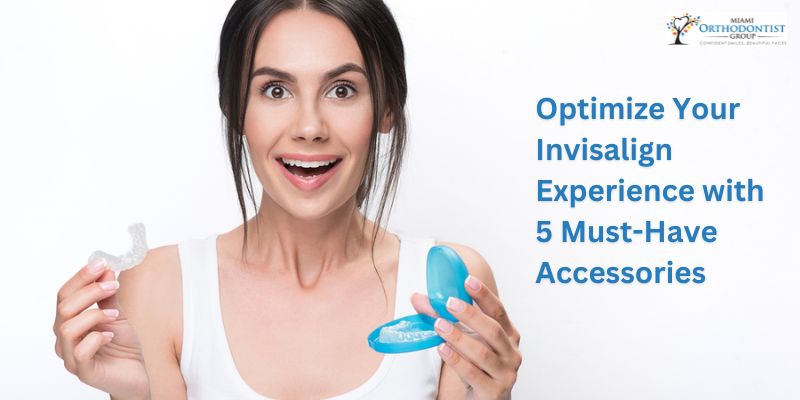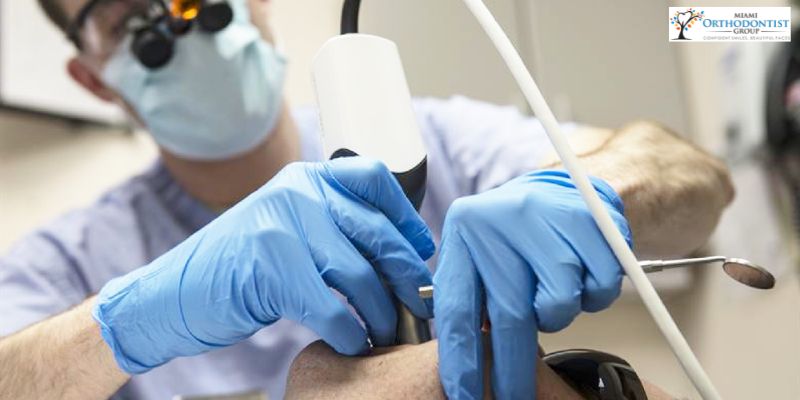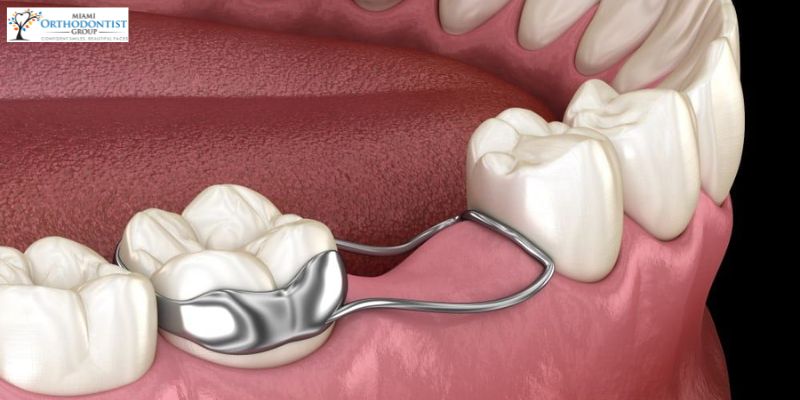Many dental patients select the procedures they desire. While adults prefer the discreet treatment approach of Invisalign, teenagers do not have issues with conventional treatments. Metal-free teeth straightening is possible with Invisalign.
The wide range of digital appliances available to implant dentists, cosmetic dentists, general dentists, and orthodontists has significantly extended.
Space Maintainers are crucial for oral health. They are objects placed in the mouth to maintain and preserve space between teeth.




